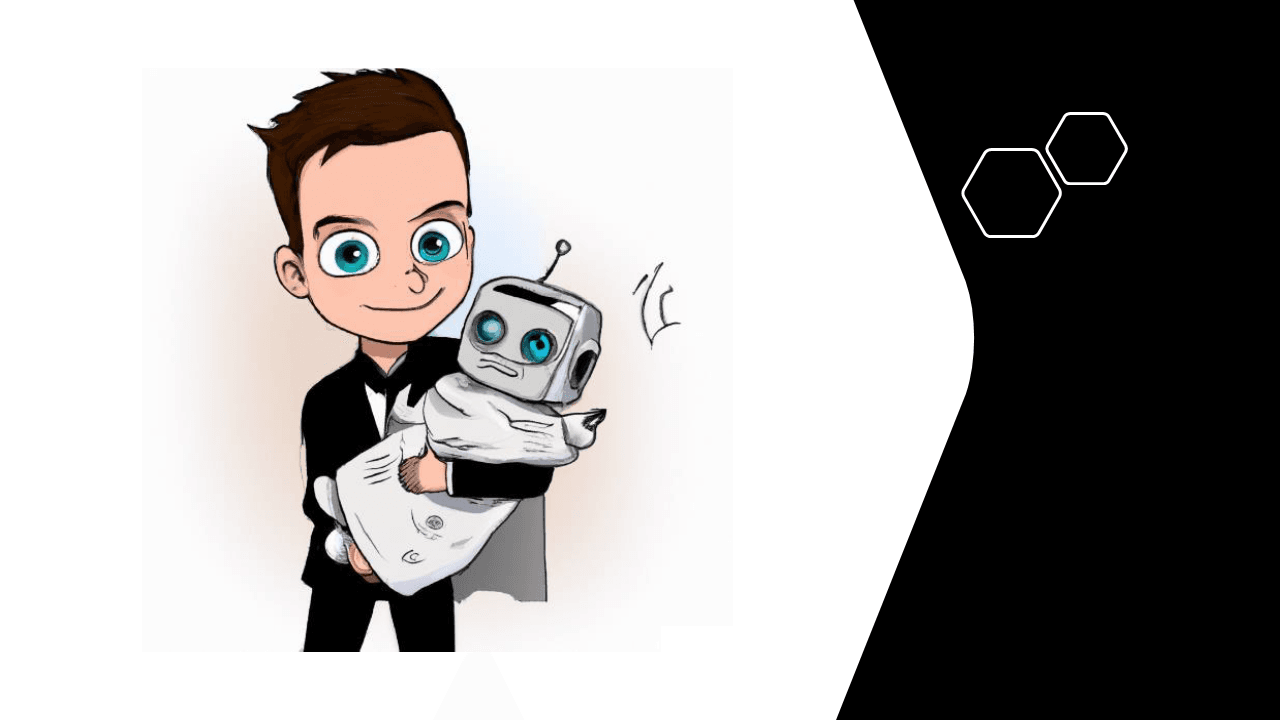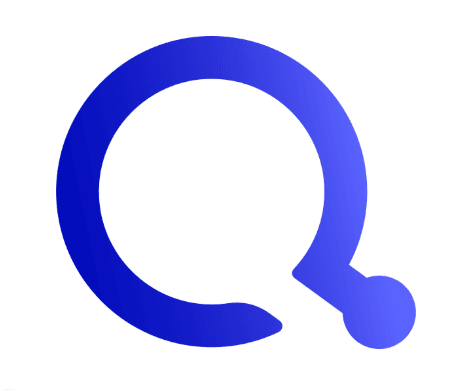Congratulations, It’s a Bot! Meet Your Law Firm's New AI Companion

Ever since I discovered chatbots about 10 years ago, I wanted to create a personalized chatbot tailored specifically to my needs, rather than a generic virtual assistant that also functioned as a lead generator. I envisioned an audio-visual representation of myself, capable of addressing my clients' questions with the same thoughtfulness, tone, and expertise that I would personally exhibit in my own responses. Essentially, I wanted to digitally clone myself.
Now, thanks to current AI technology, I’m able to do just that. While I do not have an AI replica of myself just yet, I have taken the first steps toward that initiative by creating an AI-enabled chatbot.
Having done so, I wish to share the remarkable journey of my chatbot's evolution, beginning with its design and development, and ending with how and where I intend to deploy it. In this article, I will detail the first phase of a chatbot’s existence and hopefully offer some valuable insights and inspiration for lawyers and legal professionals interested in leveraging AI technology to enhance the services they offer to their clients and potential clients.
Designing a chatbot is similar to having a child, as it demands thoughtful planning, preparation, and nurturing to ensure its successful growth and development. From the initial conception of the chatbot's purpose and functionality to the meticulous selection of the right tools and frameworks, every step is crucial in shaping a chatbot’s future capabilities. Some important steps that I considered when designing and developing my chatbot were:
- Defining the chatbot’s purpose: What problems does the chatbot solve? What value does it provide? Answering these questions helped determine the features and functionality of my bot. I want my chatbot to provide general information about me and my law practice, but I also want it to be a source for legal information that will help my clients understand their case in simple terms. And finally, I want my chatbot to promote me to any potential clients that it interacts with.
- Identifying your target audience: Who will be using your chatbot? What are their pain points and challenges? What are their goals and objectives? Understanding your audience will help create a chatbot that speaks their language. Divorce and child custody are life-altering experiences. Therefore, a chatbot that serves my family law clients must be sympathetic and understanding, whereas my business clients require more efficiency and cost-effective solutions.
- Choosing a development environment: There are many chatbot development platforms, each with its own strength and weaknesses. Dialogflow, Microsoft Bot Framework, IBM Watson Assistant, and Amazon Lex, are some of the most popular platforms that make it easy to create a chatbot without extensive programming knowledge. I opted for Dialogflow due to my longstanding relationship with the platform, which began in 2017 when major tech giants like Google, Apple, Facebook, Microsoft, and Amazon all recognized the significant role chatbots would play in our future.
- Using Natural Language Processing (NLP): The essence of a chatbot is its NLP capabilities. While technical expertise is not an absolute requirement, it is helpful to understand NLP, which covers a broad range of tasks and techniques related to processing human language. There are many libraries and frameworks that have pre-built modules, functions, and algorithms that help a chatbot with various NLP tasks. However, the easiest way to get a chatbot to communicate using NLP is through application programming interfaces, or APIs, that allow access to pretrained language models. I chose the most popular API for AI driven chatbots which is GPT-4 by OpenAI, but Google, Microsoft, and Amazon also offer APIs for their proprietary NLP services.
- Choosing a Hosting Platform: Chatbots need a home to function. They can be integrated into social medial platforms, such as Facebook and Instagram, messaging apps such as WhatsApp, Telegram, and LawMessenger, or any website through embedded code known as iframes. The location of your chatbot determines how your audience engages with it. I have chosen to host my chatbot on a .bot domain website because it provides a dedicated and recognizable space specifically tailored for chatbot interactions, making it easier for users to find and identify.
It should be noted that LawMessenger is a website that I launched at the end of 2022. It is a subscription site that focuses on enhancing attorney-client communication through text, email, voice, and video. During the development of LawMessenger, chatbots were a secondary feature because they were simple Q&A chatbots that were trained on only a few hundred data points. When the APIs for GPT-3 and GPT-4 were released, their billions of data points opened new possibilities for improving a user’s chatbot experience.
This substantial upgrade in a chatbot's capabilities greatly increased the value of LawMessenger's chatbot service, and now all LawMessenger chatbots are integrated with OpenAI's GPT-4 architecture. Every LawMessenger chatbot has extraordinary knowledge of the law and legal principals, but they are hard coded to not give legal advice or say that they are legal professionals. That does not mean, however, that LawMessenger chatbots should be enabled and deployed right out of the box. There are several steps that I continue to undertake before I publish my LawMessenger chatbot onto a .bot website. The most critical are:
- Extensive testing to ensure that my chatbot accurately understands and responds to various questions, while also handling unexpected, unforeseen, and unimaginable inputs.
- Implementing a strong privacy and data protection measure to safeguard users' personal and sensitive information.
- Assessing and minimizing biases in my chatbot's responses to ensure that it treats all users fairly and doesn't perpetuate harmful stereotypes or discriminatory behavior like some LLM models have been known to do.
- Promoting transparency by disclosing to users that they are interacting with an AI chatbot and not a lawyer or legal expert.
- Verifying that any legal information that is provided by the chatbot is accurate.
- Reviewing and adhering to any specific attorney ethical rules that govern legal advice, which may include restrictions on unauthorized practice of law or requirements for attorney supervision.
- Establishing a process for continuous monitoring of the chatbot’s performance that includes updating its knowledge base and addressing any issues that may arise over time.
- Creating a system for users to provide feedback that will ensure that the chatbot will meet a user’s future needs.
- Providing a disclaimer of liability indicating that interacting with the chatbot does not establish an attorney-client relationship.
Once I feel that I have established proper safeguards for controlling my chatbot. I will deploy it on one or more .bot domains that I registered with Amazon. I registered 59 .bot domain names just before Amazon's limited registration period was set to expire in February. Twenty-five of these domains were related to law and legal services, including law.bot, lawyer.bot, pi.bot, pilaw.bot, divorce.bot, and many other premium domain names. I believe a .bot website can significantly enhance a lawyer's brand and attract visitors that will quickly identify the purpose and functionality of their chatbot.
Finally, one thing that I could have done before or during the development stage of my chatbot was to give it a name. Instead, I waited until I had a sense of what my chatbot would be like and how it would interact with users. After several weeks of testing, I was able to choose a name that truly reflected my chatbot's personality, tone, and functionality, ensuring that the name resonated with users and made their experience with my chatbot more engaging and memorable.
The current trend is toward giving chatbots human names. Google named its chatbot Bard, Disco chose Cecilia, LawMessenger has Gene, and Harvey.ai is aptly named Harvey. There are other legal chatbots named LawDroid, Lexi, LawBot, and EVA. Across other industries, chatbot names convey a company’s branding, such as Woebot, a mental health chatbot, and Dr. Snooze, a chatbot that is trained to be a sleep coach.
I chose a name that was friendly and approachable. A name that carried a sense of informality, which could help break down barriers and make my client’s chatbot experience feel more like an enjoyable exchange with a helpful assistant and not a cold automated machine. I'm excited to reveal that I've named my chatbot Barney.
Looking towards the future, the evolution of chatbot technology is showing no signs of slowing down. With the development of more advanced AI models such as GPT-4, chatbots will be able to engage with users in even more natural and human-like ways, improving the overall user experience. In addition, the rise of synthetic media, such as deepfakes and voice cloning, may also impact the way chatbots are designed and used. And, as synthetic media becomes more advanced, it will be possible to create chatbots that are virtually indistinguishable from real humans, blurring the lines between AI and human interaction even further.
However, with these advancements also come concerns around ethics and the potential misuse of such technology. It will be important for lawyers to be mindful of the implications of these advancements and use them in a responsible and ethical manner. I am committed to sharing my knowledge and experience in future articles to help guide others on their journey towards harnessing the power of chatbot technology to improve the accessibility and efficiency of their legal services.







